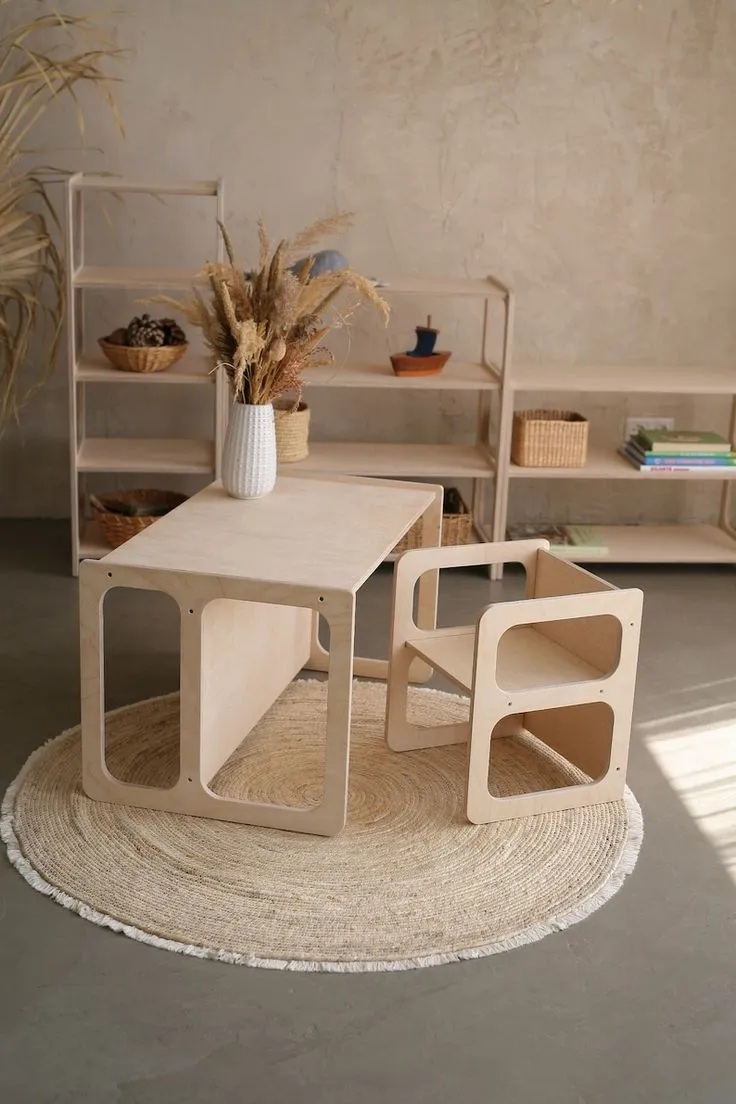
Invest in Adaptable Furnishings
Create Zones for Different Ages
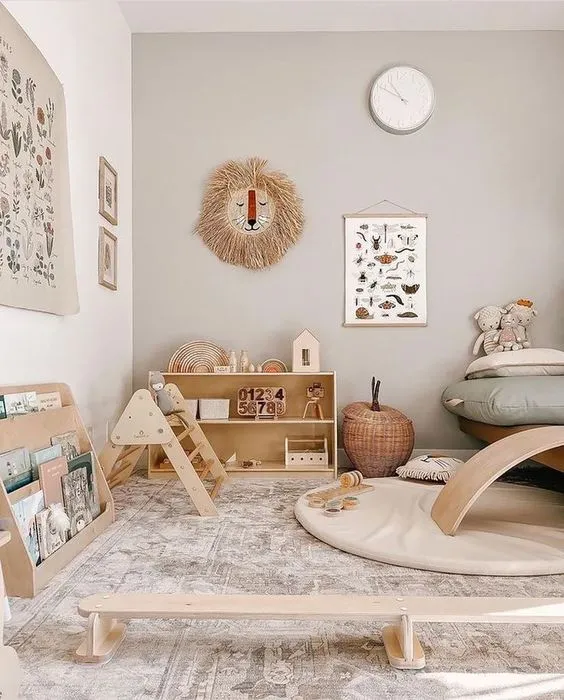
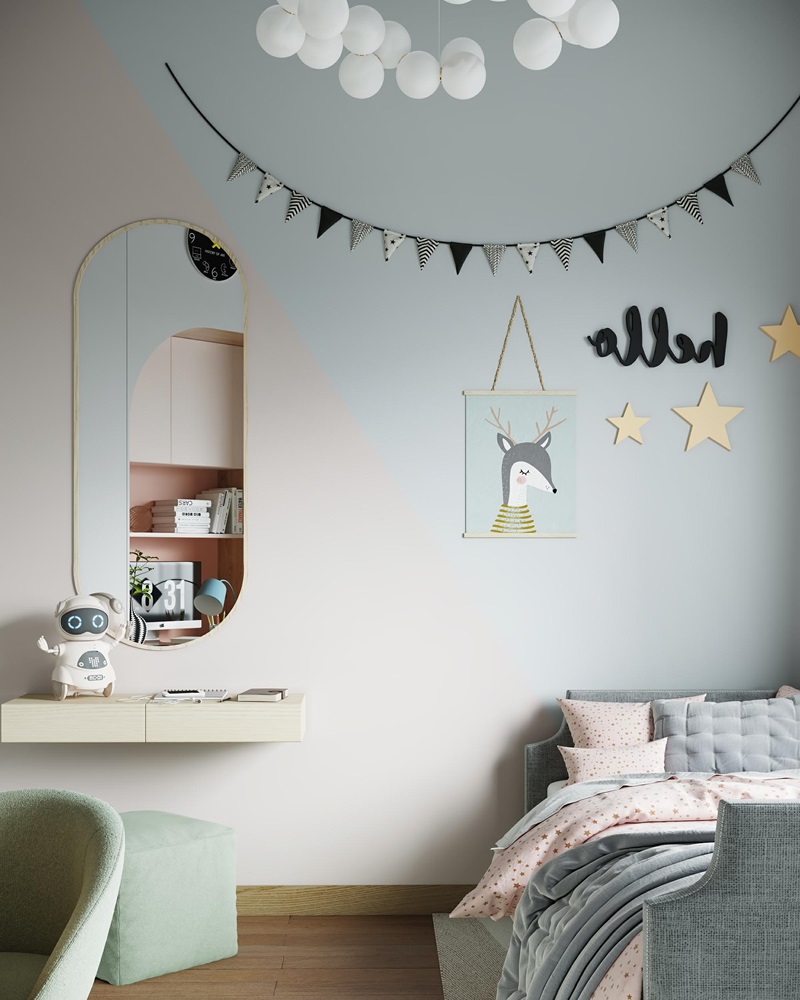
Choose Timeless Decor Elements
Flexible Storage Solutions
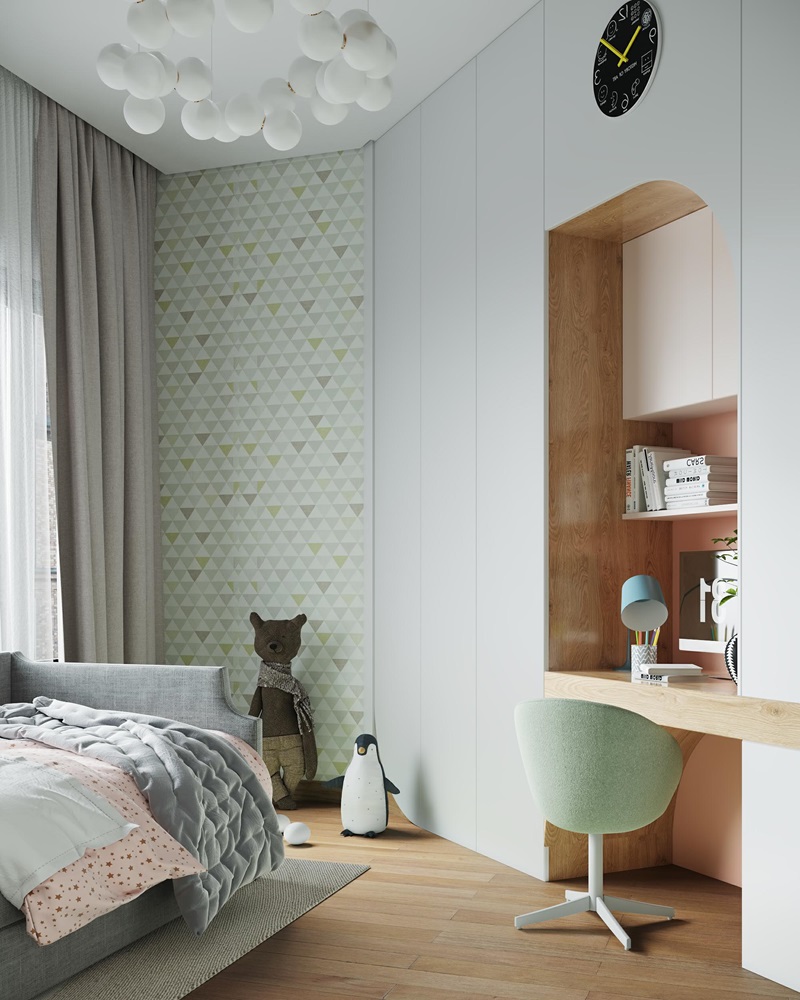
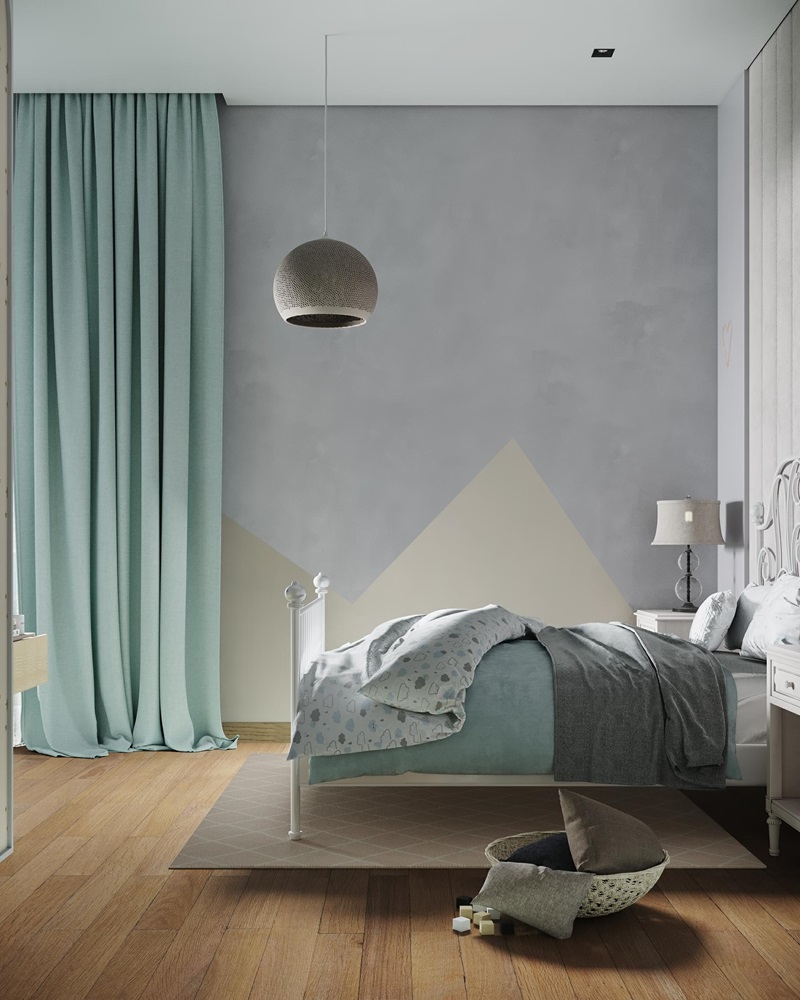
Neutral Color Palette with Accent Options
In conclusion, designing a children’s room with future flexibility is a wise investment supporting growth from infancy to adolescence. Additionally, invest in adaptable furnishings, create zones, choose timeless decor and utilize flexible storage.




